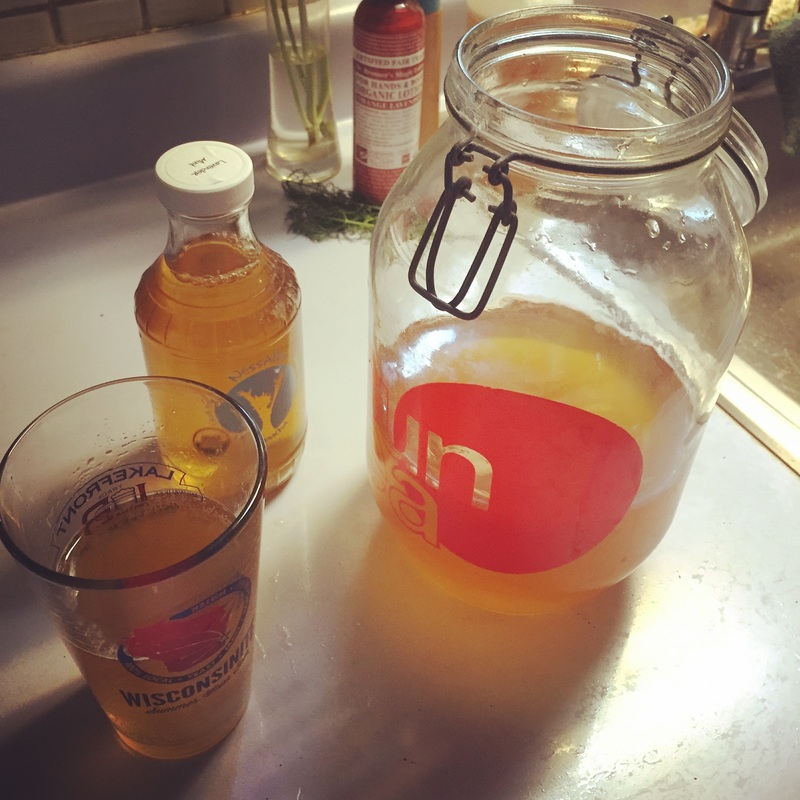 If I could go back in time and tell myself to stop drinking kombucha at the time of this photo....
If I could go back in time and tell myself to stop drinking kombucha at the time of this photo.... I just made my first 3 batches of kombucha. When the level of ferment was perfect and it was time to bottle, I had far, far, FAR too much kombucha on my hands. The thing about kombucha is the carbonation WILL dissipate completely without the proper bottles for storage. Which I didn't have. So here I am. Three huge multi-liter jugs deep of kombucha and no bottles to maintain carbonation.
Alas, following my kombucha de-scoby-fying, I was in a pickle. And what does any great thinker do in a kombucha pickle!? Drink as much kombucha as possible of course!!! Warnings to start small on your kombucha consumption aside! I have been a regular kombucha aficionado! I drink bottles of Kombucha like it's my job. So, two pints down, and oh, Mom wants to try some! Great, let's both have a glass!, it is not long until the symptoms begin to creep in. The probiotics (healthy bacteria & yeast colonies) in my kombucha took up residence in my gut, shocking the toxins in my body to 'Hail Mary' on outta there! In theory that may sound good, or at least not terrible. However, when it all gets going at once, the body witnesses symptoms so unpleasant and omnipresent that even my go-to vipassana meditation technique that helps me through all sorts of healing cannot stand up to such a toxic purge! Additionally, kombucha raises the alkalinity in your body. I once drank highly alkalized water with similar nauseating effect.
Moral of the story folks--when they say start small with your intake of kombucha, they mean it! This ain't no health food store diluted kombucha... This is the real deal! and believe you me when I say it is like an electroshock to your toxins. And I consider myself a human who eats a nutrient-rich, pesticide-free diet and leads a healthy lifestyle. But the stuff coming up and out may have been from years and years ago! yuck.
So what are the symptoms? Nausea, defecation, insane headache primarily on frontal and temporal lobes, body aches--bone, muscle, connective tissue--fever, extreme body temperature fluctuation, slight insomnia (though that may have had to do with my nerves regarding teaching my first 6am yoga class the following morning), loss of appetite, low energy/exhaustion... And yes I was experiencing it all at once.
After trying to sleep it off--no dice--teaching my 6 am yoga class while feeling like garbage, and still feeling the effects the following day, I decided it is time to find a cure! And what exactly is the suggested cure? Well according to the trusty internet, if overdose does occur, it will take time for the probiotics to run its course. Ah, sit and do nothing while upheaval takes root in every fiber of my being!? Alas, reading on, another option prevails... The kombucha people suggest drinking more kombucha! You have GOT to be kidding me! Drink more of the stuff that is trying to kill me!? But, really, what did I have to lose at this point? So I poured a SMALL cup. Lo & behold, my headache immediately dissipated. My muscles felt a little more themselves. Tummy nausea still prevalent but I will take that over the pounding headache and achy body, Wooo! It was short-lived relief, however, as the symptoms resumed in their toxic withdrawal only moments later.
Folks, what I'm trying to say: Don't be a hero. Start small on the kombucha life. (That includes not brewing 3 jugs at once)...Unless of course you are adequately prepared to bottle in the carbonation & being prepared for such an undertaking is a mighty fine idea.
And with that, I present you... How to brew kombucha!!
I used 3 separate recipes and they all turned out just fine so it seems to be a forgiving process yielding good results.
Ingredients:
4 quarts of water
5tbsp organic black loose leaf tea + tea sachet (can use a tied up cloth, also 5 tea bags can be used in lieu of loose tea)
3/4c sugar
1 scoby + ~1cup starter tea from previous 'booch batch
Jar (glass is a good option, food-grade ceramic is good too. Do not use plastic or metal.)
Tightly woven cloth (dish towel or cloth napkin), coffee filter, or paper towels, to cover the jar + 1 rubberband to secure cloth
funnel
swing-top bottles with rubber stopper to maintain carbonation *this is where I went wrong!!!
pH test strips
I used 3 different processes for my 3 batches of kombucha. Here is my favorite process:
Boil 1 quart (4 cups) of water.
Brew 4-5 tbsp loose organic black tea when water comes to a boil. Helpful to have a little sack to keep the tea together and not loose in the pot. Pull out tea bag.
Add sugar to concentrated tea mixture. Stir until dissolved.
Use funnel to pour carefully into kombucha brewing jar.
Add 3 quarts (12 more cups) of water or until 4 inches remain from liquid level to top of jar.
Allow mixture to cool to room temperature (using 12c chilled water will speed this process up)
Add 1 scoby with clean hands and pour in ~1 cup of kombucha starter tea
Without disturbing scoby, lightly stir jar.
Check pH--if you're below 4.5, you are where you want to be. If above 4.5, add a small amount of vinegar (~1TBSP) until pH drops to acceptable level.
Let that kombucha brew for 7 days. On the 7th day, give the booch a stir without disturbing the scoby and sample the taste. If you like what you taste, wash your hands, remove the scoby along with ~1 cup of kombucha into a clean glass container and begin bottling your kombucha! Also, if you run a pH test at this point, you should find that the pH level has dropped between 2.5-3.5 pH, this is a good level! Begin the bottling process and remember, if this is your first real kombucha, start small. Drink a tiny amount and increase little by little each day. Enjoy the healing benefits of kombucha... at a more manageable degree than I managed!! :)
NOW if you're itchin' your noggin, asking yourself,
Where the heck do I find a scoby? And what is a scoby for that matter?
Allow me to clear that up for you.
A 'SCOBY' is a Symbiotic Culture Of Bacteria and Yeast, or a colony of bacteria and yeast. They multiply as you brew each batch which is pretty cool! So contact a friend or fellow brewer and begin the great scoby exchange. Because sharing is caring. Especially when you have over 10 scobies (helpppppp) :)
Happy brewing. Stay healthy. And for the love of Kombucha, drink no more than half a glass to successfully begin the 'booch life!
Alas, following my kombucha de-scoby-fying, I was in a pickle. And what does any great thinker do in a kombucha pickle!? Drink as much kombucha as possible of course!!! Warnings to start small on your kombucha consumption aside! I have been a regular kombucha aficionado! I drink bottles of Kombucha like it's my job. So, two pints down, and oh, Mom wants to try some! Great, let's both have a glass!, it is not long until the symptoms begin to creep in. The probiotics (healthy bacteria & yeast colonies) in my kombucha took up residence in my gut, shocking the toxins in my body to 'Hail Mary' on outta there! In theory that may sound good, or at least not terrible. However, when it all gets going at once, the body witnesses symptoms so unpleasant and omnipresent that even my go-to vipassana meditation technique that helps me through all sorts of healing cannot stand up to such a toxic purge! Additionally, kombucha raises the alkalinity in your body. I once drank highly alkalized water with similar nauseating effect.
Moral of the story folks--when they say start small with your intake of kombucha, they mean it! This ain't no health food store diluted kombucha... This is the real deal! and believe you me when I say it is like an electroshock to your toxins. And I consider myself a human who eats a nutrient-rich, pesticide-free diet and leads a healthy lifestyle. But the stuff coming up and out may have been from years and years ago! yuck.
So what are the symptoms? Nausea, defecation, insane headache primarily on frontal and temporal lobes, body aches--bone, muscle, connective tissue--fever, extreme body temperature fluctuation, slight insomnia (though that may have had to do with my nerves regarding teaching my first 6am yoga class the following morning), loss of appetite, low energy/exhaustion... And yes I was experiencing it all at once.
After trying to sleep it off--no dice--teaching my 6 am yoga class while feeling like garbage, and still feeling the effects the following day, I decided it is time to find a cure! And what exactly is the suggested cure? Well according to the trusty internet, if overdose does occur, it will take time for the probiotics to run its course. Ah, sit and do nothing while upheaval takes root in every fiber of my being!? Alas, reading on, another option prevails... The kombucha people suggest drinking more kombucha! You have GOT to be kidding me! Drink more of the stuff that is trying to kill me!? But, really, what did I have to lose at this point? So I poured a SMALL cup. Lo & behold, my headache immediately dissipated. My muscles felt a little more themselves. Tummy nausea still prevalent but I will take that over the pounding headache and achy body, Wooo! It was short-lived relief, however, as the symptoms resumed in their toxic withdrawal only moments later.
Folks, what I'm trying to say: Don't be a hero. Start small on the kombucha life. (That includes not brewing 3 jugs at once)...Unless of course you are adequately prepared to bottle in the carbonation & being prepared for such an undertaking is a mighty fine idea.
And with that, I present you... How to brew kombucha!!
I used 3 separate recipes and they all turned out just fine so it seems to be a forgiving process yielding good results.
Ingredients:
4 quarts of water
5tbsp organic black loose leaf tea + tea sachet (can use a tied up cloth, also 5 tea bags can be used in lieu of loose tea)
3/4c sugar
1 scoby + ~1cup starter tea from previous 'booch batch
Jar (glass is a good option, food-grade ceramic is good too. Do not use plastic or metal.)
Tightly woven cloth (dish towel or cloth napkin), coffee filter, or paper towels, to cover the jar + 1 rubberband to secure cloth
funnel
swing-top bottles with rubber stopper to maintain carbonation *this is where I went wrong!!!
pH test strips
I used 3 different processes for my 3 batches of kombucha. Here is my favorite process:
Boil 1 quart (4 cups) of water.
Brew 4-5 tbsp loose organic black tea when water comes to a boil. Helpful to have a little sack to keep the tea together and not loose in the pot. Pull out tea bag.
Add sugar to concentrated tea mixture. Stir until dissolved.
Use funnel to pour carefully into kombucha brewing jar.
Add 3 quarts (12 more cups) of water or until 4 inches remain from liquid level to top of jar.
Allow mixture to cool to room temperature (using 12c chilled water will speed this process up)
Add 1 scoby with clean hands and pour in ~1 cup of kombucha starter tea
Without disturbing scoby, lightly stir jar.
Check pH--if you're below 4.5, you are where you want to be. If above 4.5, add a small amount of vinegar (~1TBSP) until pH drops to acceptable level.
Let that kombucha brew for 7 days. On the 7th day, give the booch a stir without disturbing the scoby and sample the taste. If you like what you taste, wash your hands, remove the scoby along with ~1 cup of kombucha into a clean glass container and begin bottling your kombucha! Also, if you run a pH test at this point, you should find that the pH level has dropped between 2.5-3.5 pH, this is a good level! Begin the bottling process and remember, if this is your first real kombucha, start small. Drink a tiny amount and increase little by little each day. Enjoy the healing benefits of kombucha... at a more manageable degree than I managed!! :)
NOW if you're itchin' your noggin, asking yourself,
Where the heck do I find a scoby? And what is a scoby for that matter?
Allow me to clear that up for you.
A 'SCOBY' is a Symbiotic Culture Of Bacteria and Yeast, or a colony of bacteria and yeast. They multiply as you brew each batch which is pretty cool! So contact a friend or fellow brewer and begin the great scoby exchange. Because sharing is caring. Especially when you have over 10 scobies (helpppppp) :)
Happy brewing. Stay healthy. And for the love of Kombucha, drink no more than half a glass to successfully begin the 'booch life!
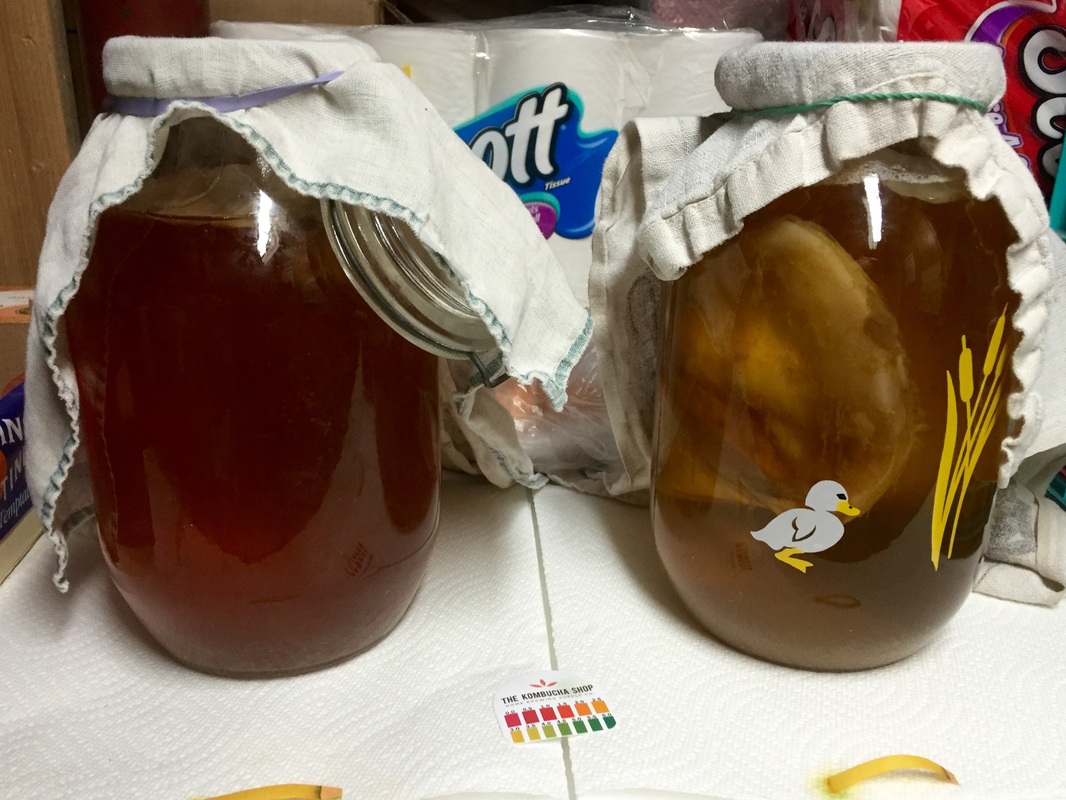
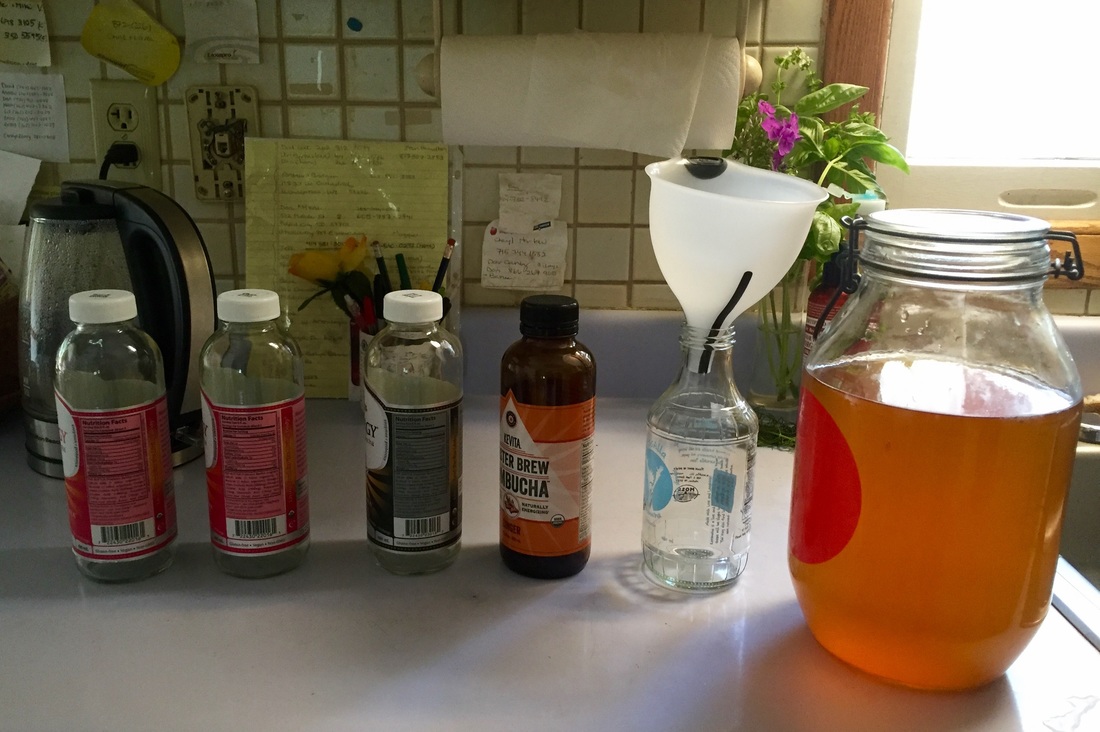
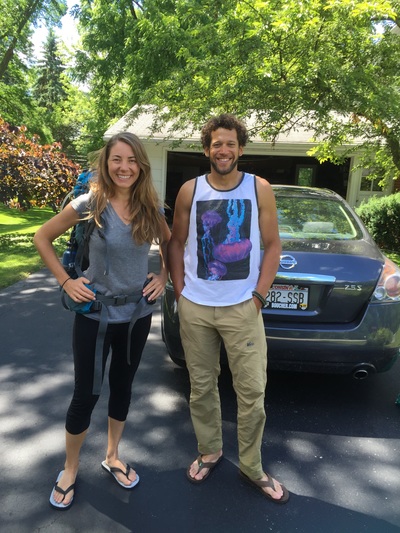
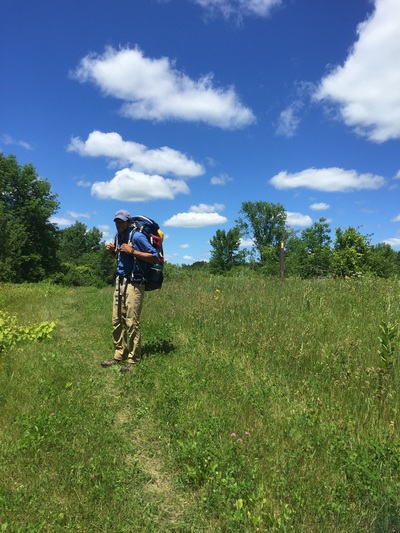
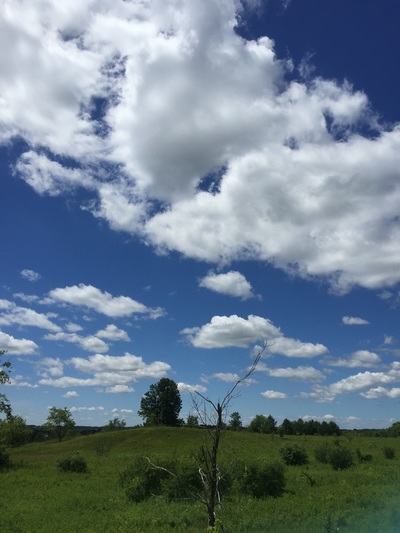
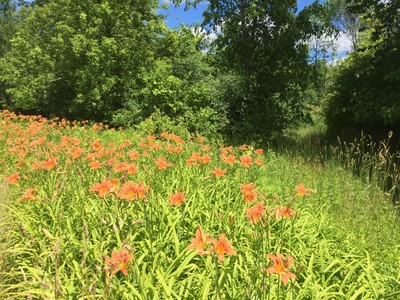

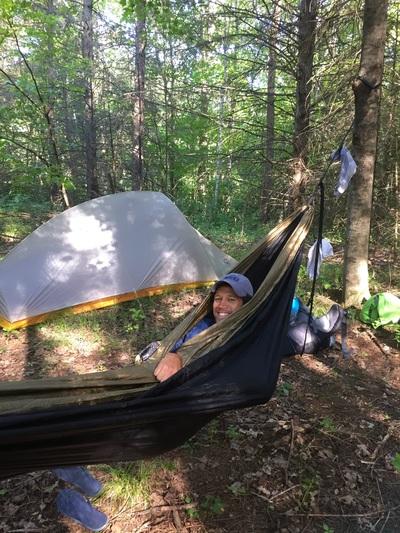
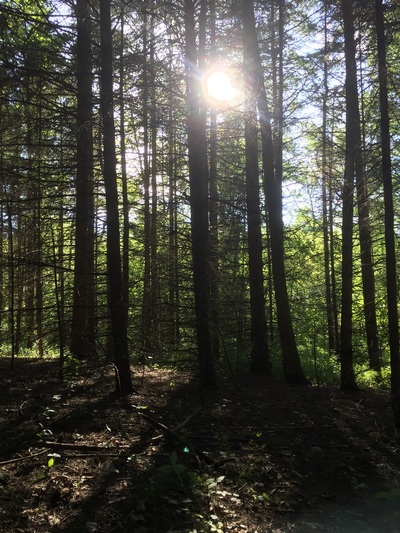
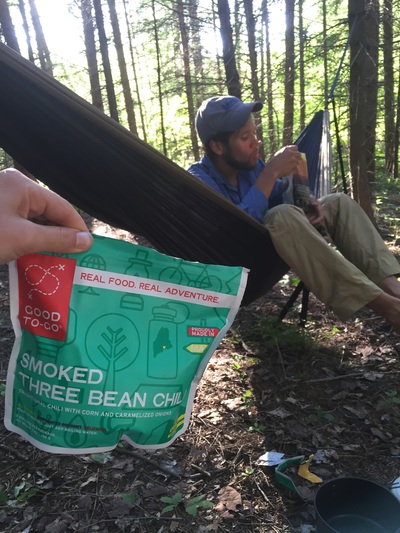
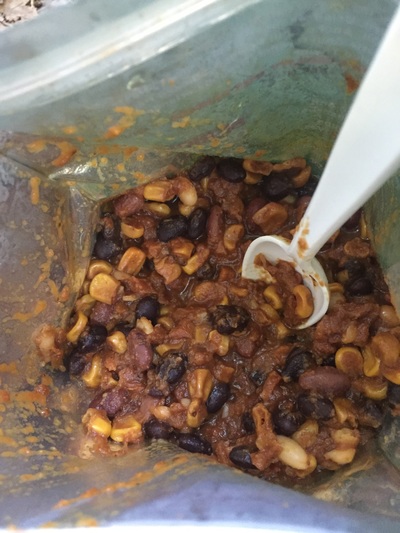
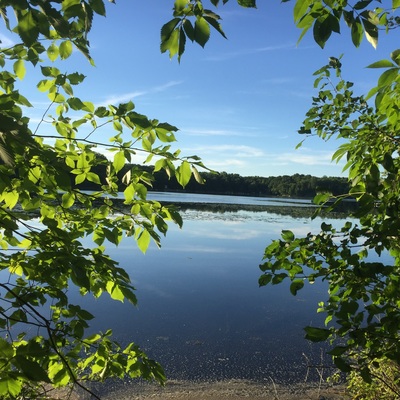
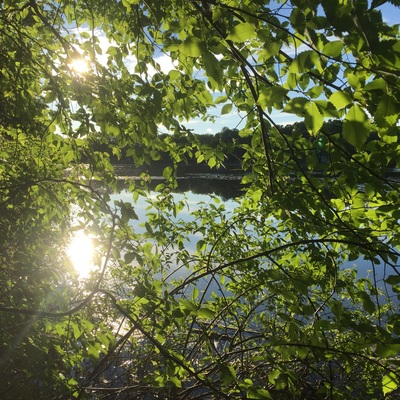

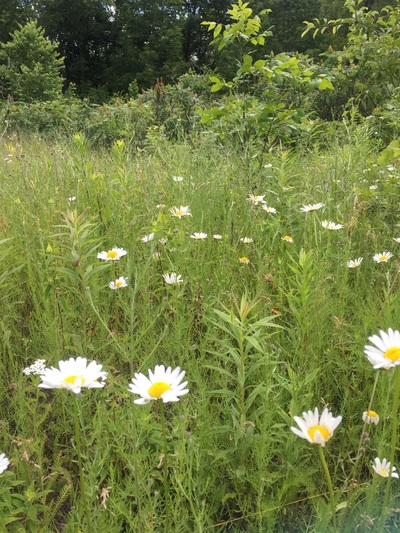
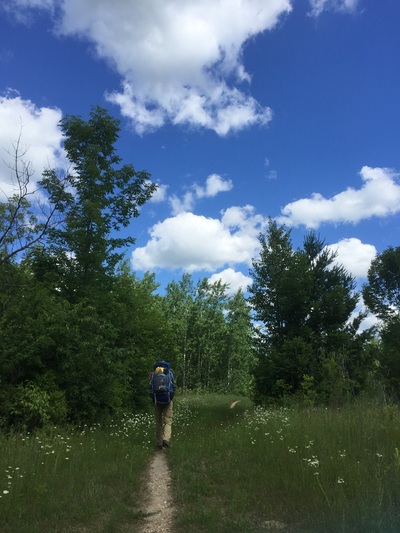
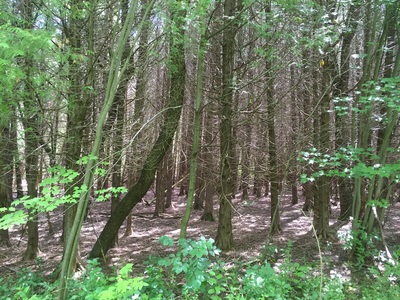
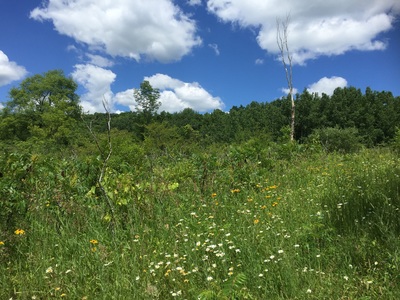
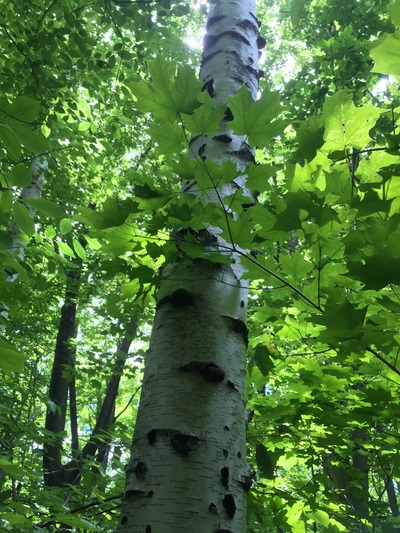
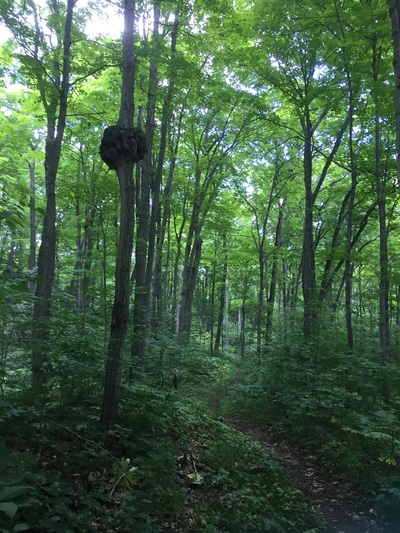
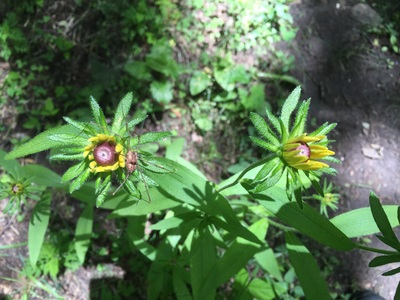
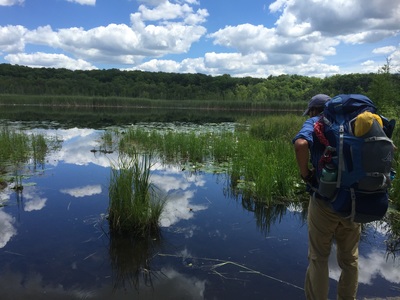

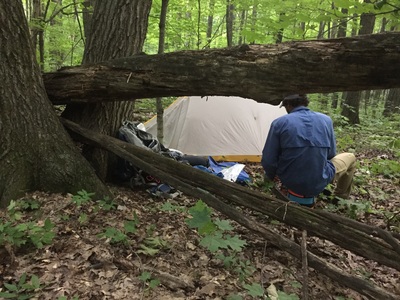
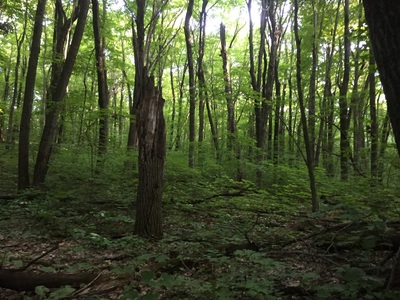
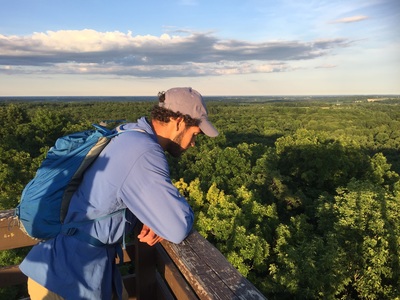
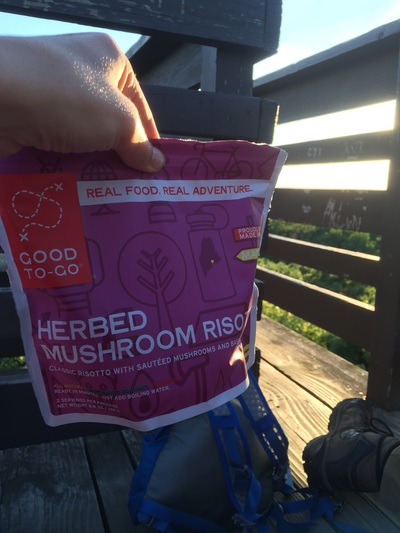
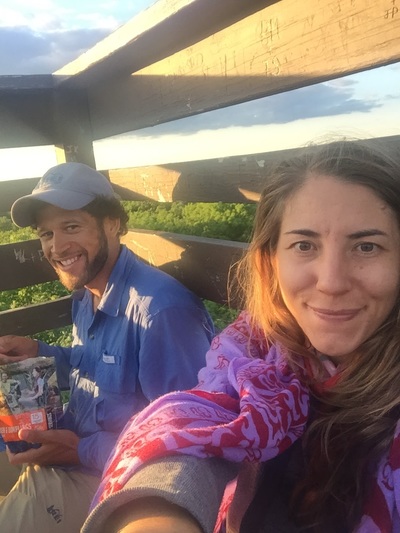

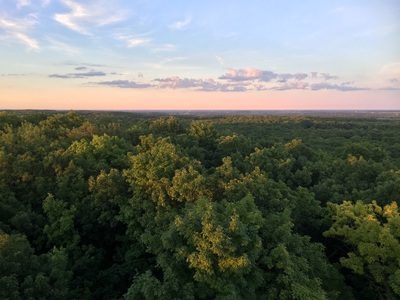
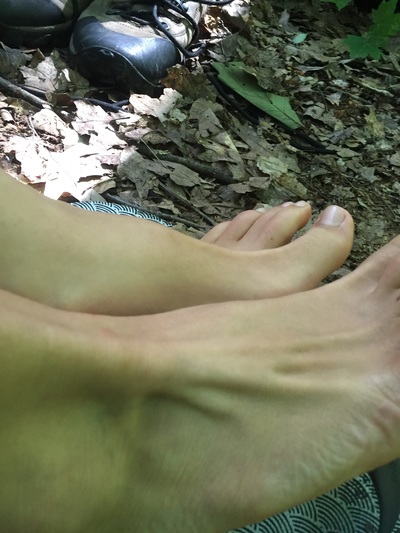
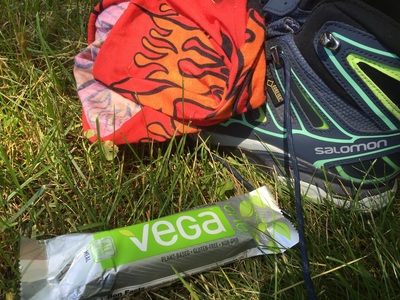
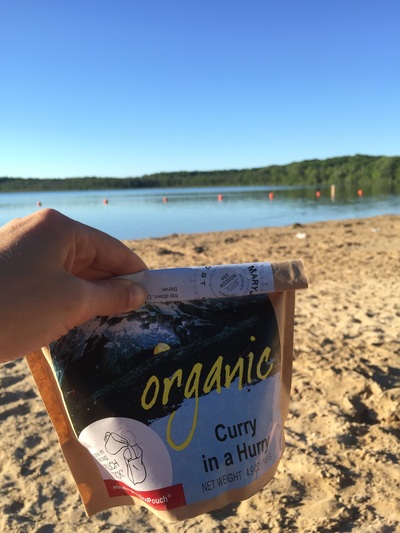
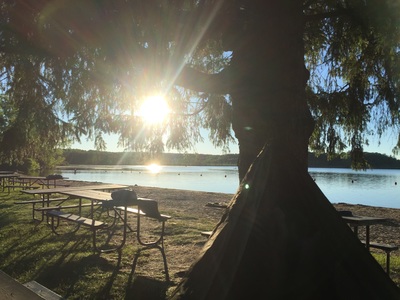
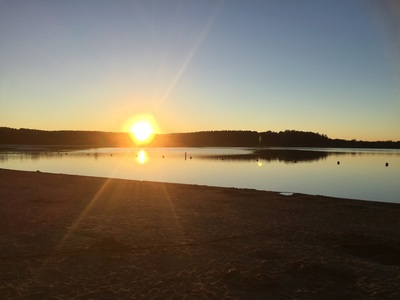
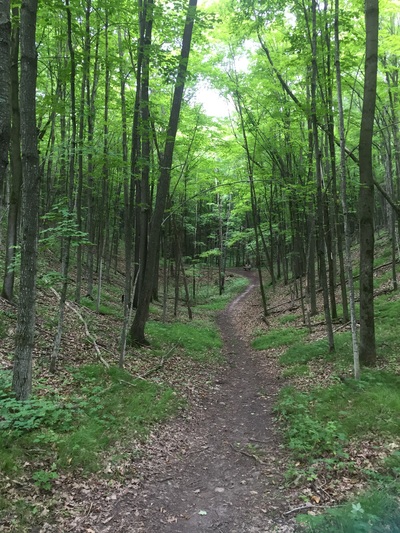

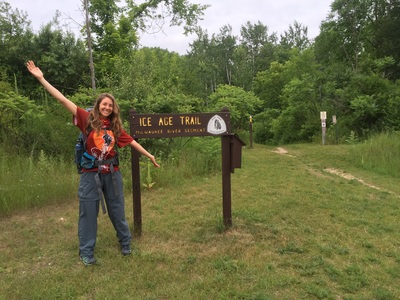
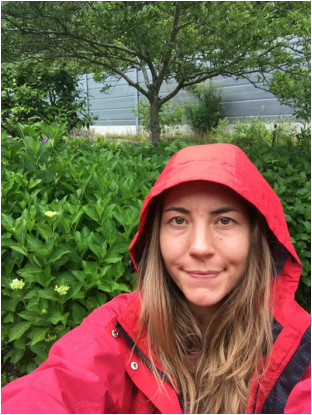

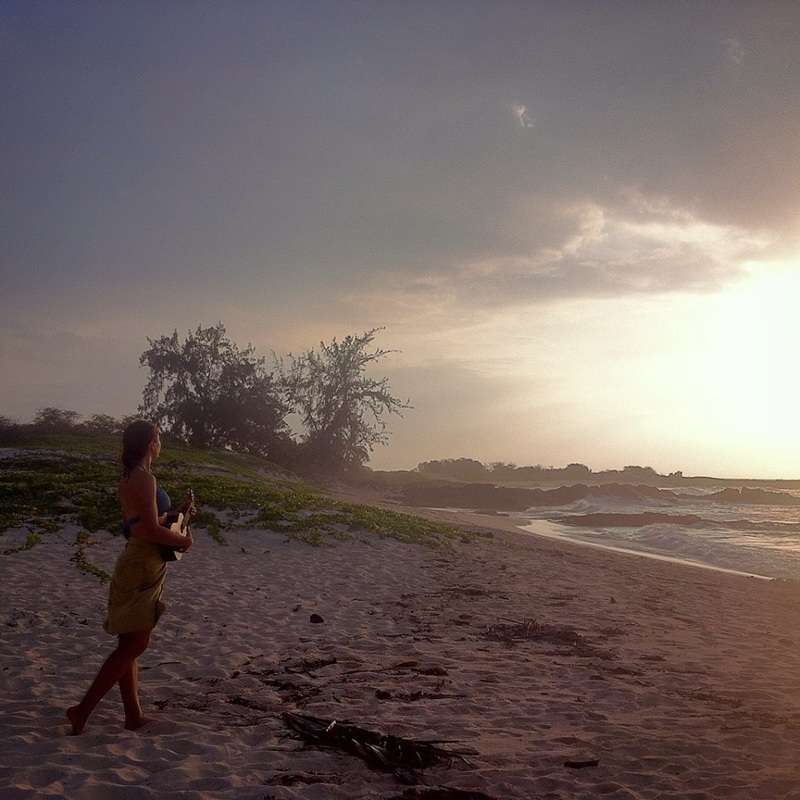
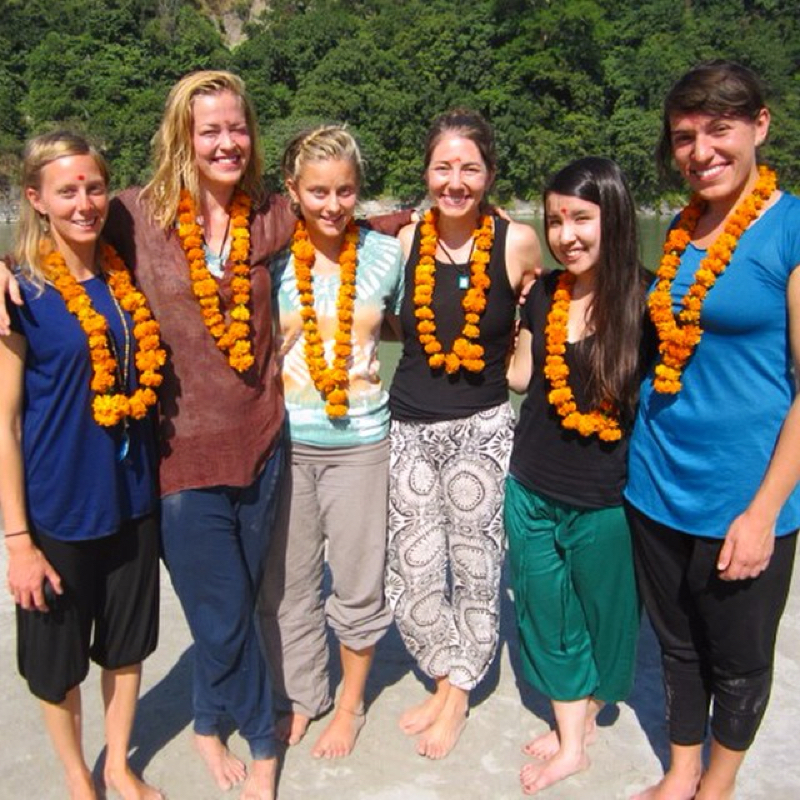
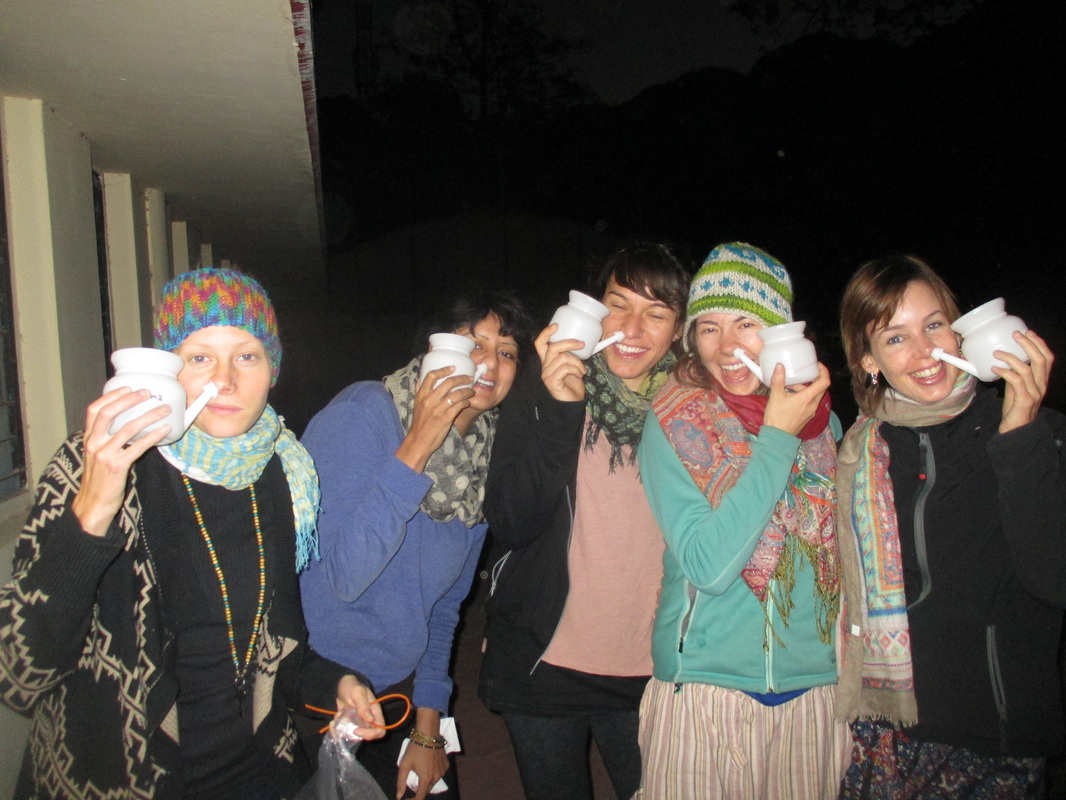
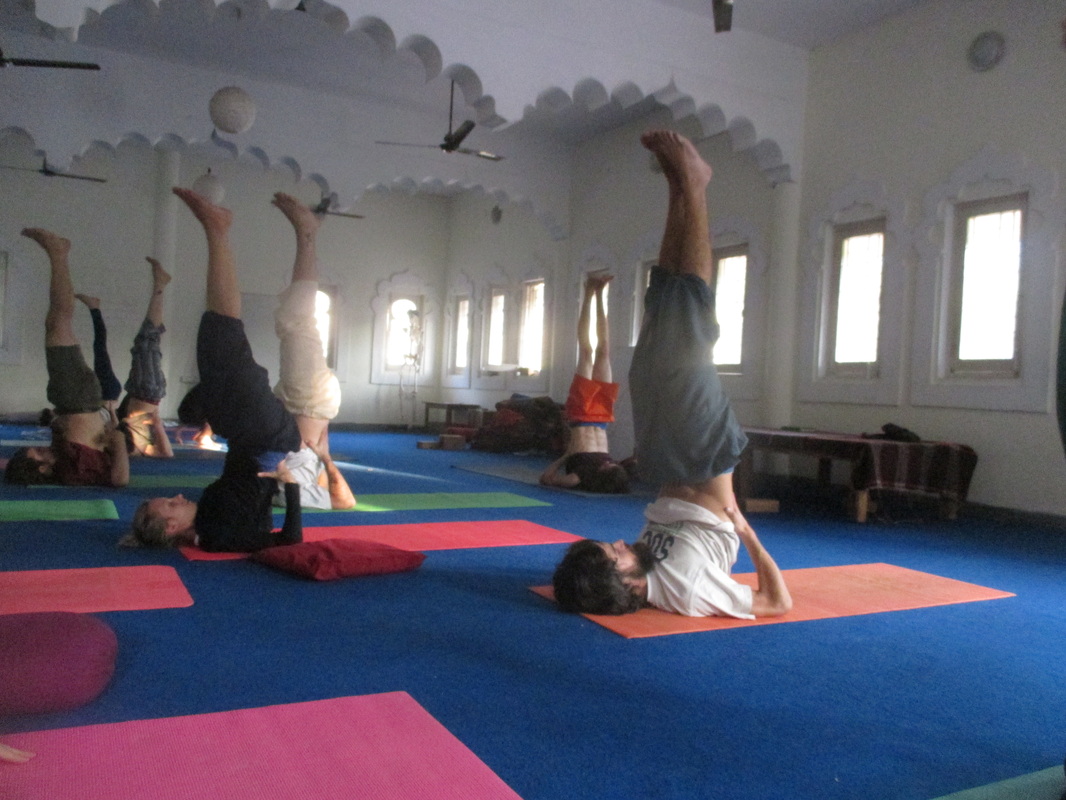
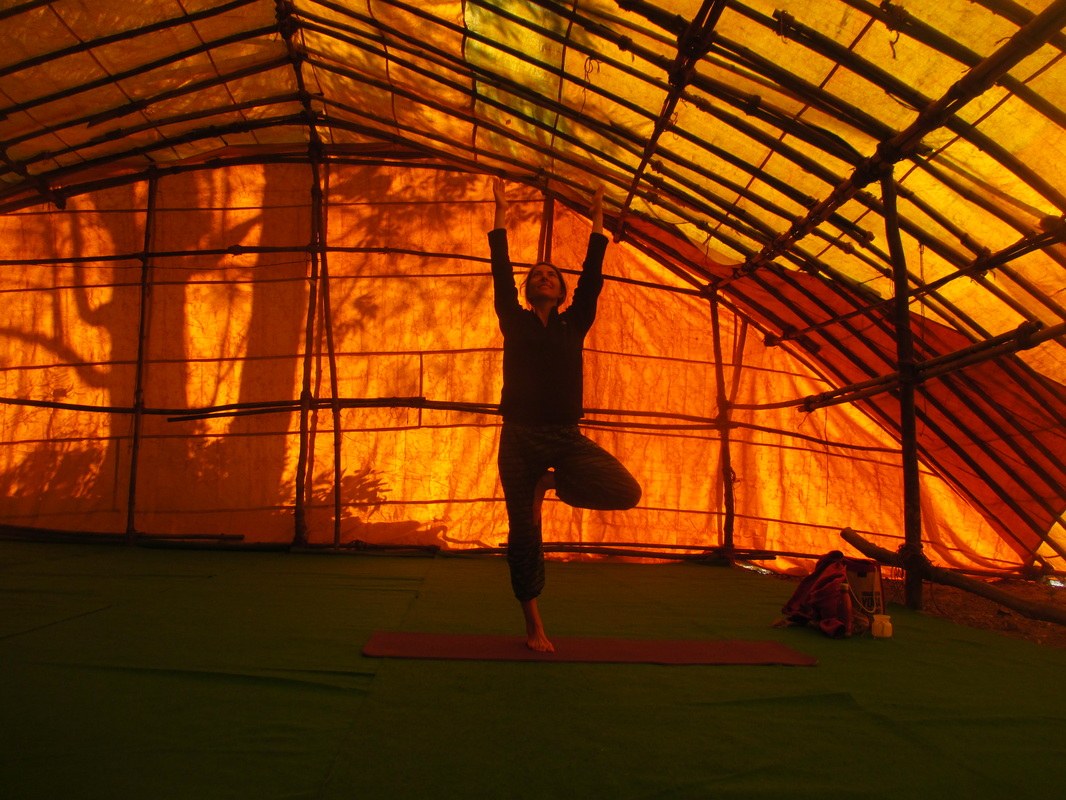
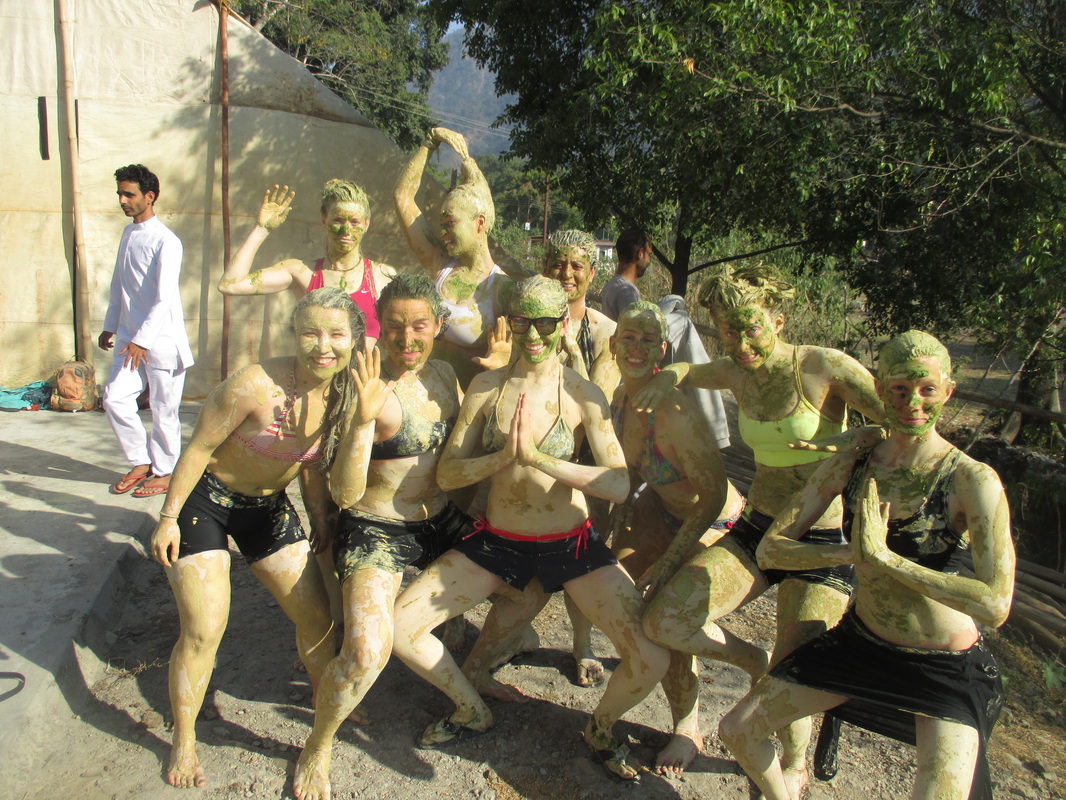
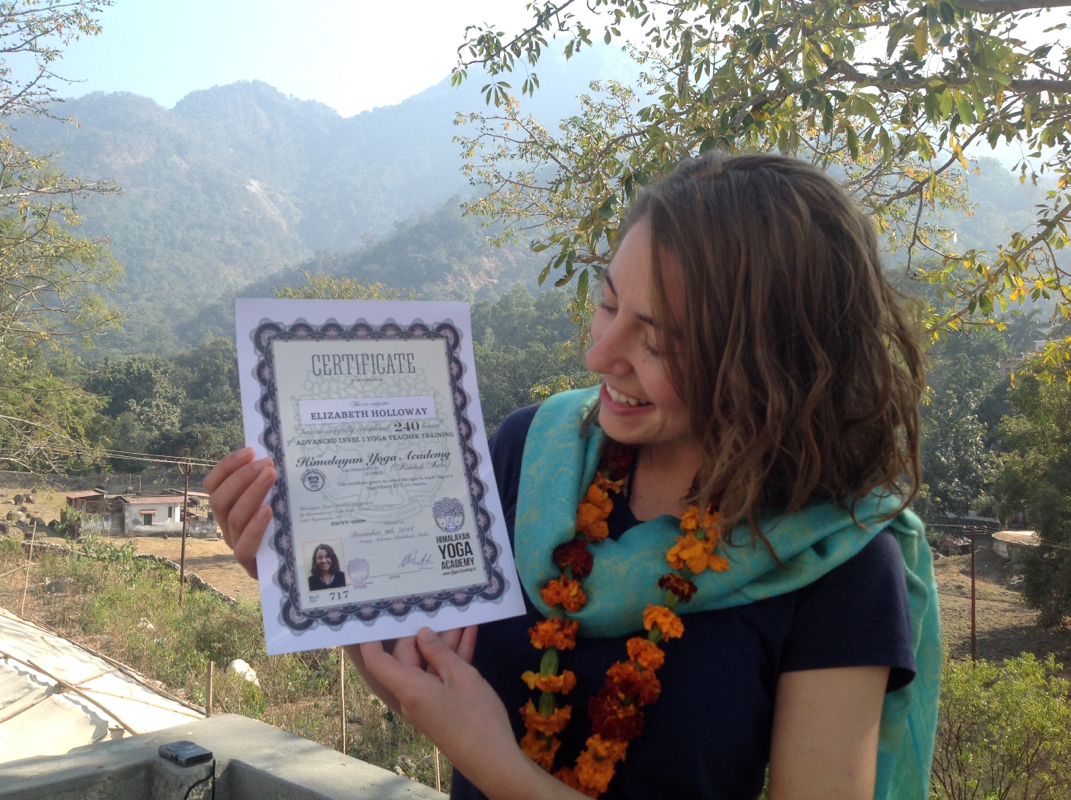
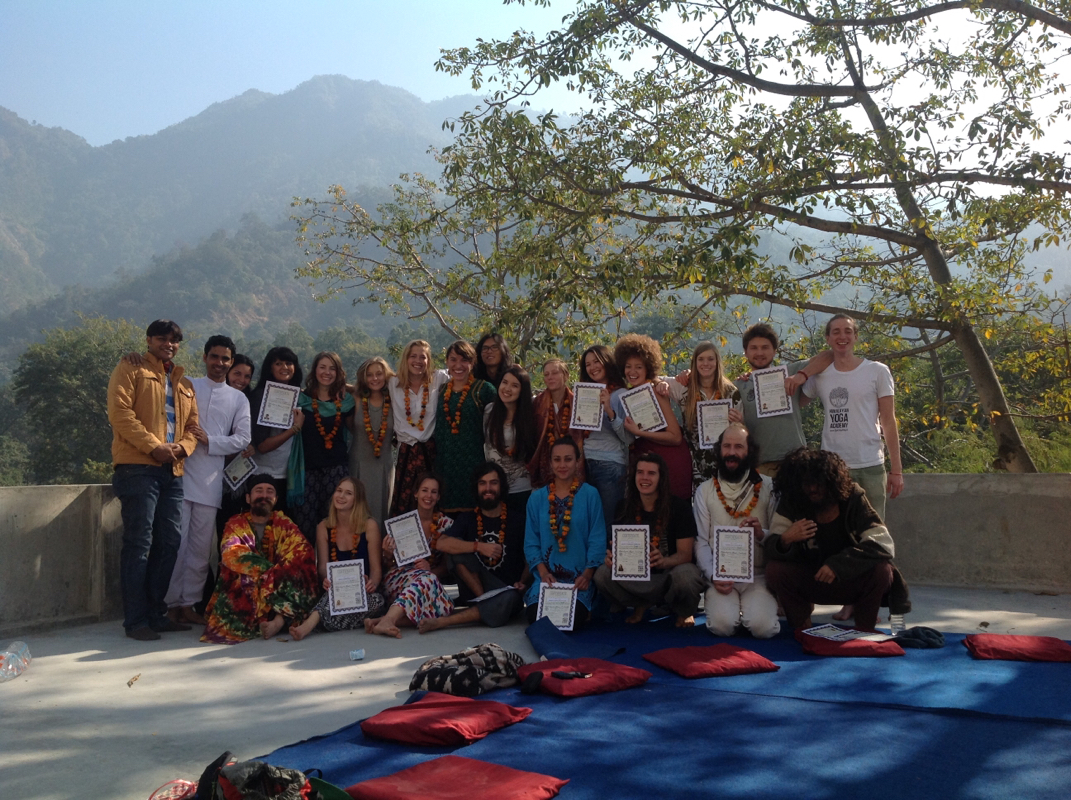
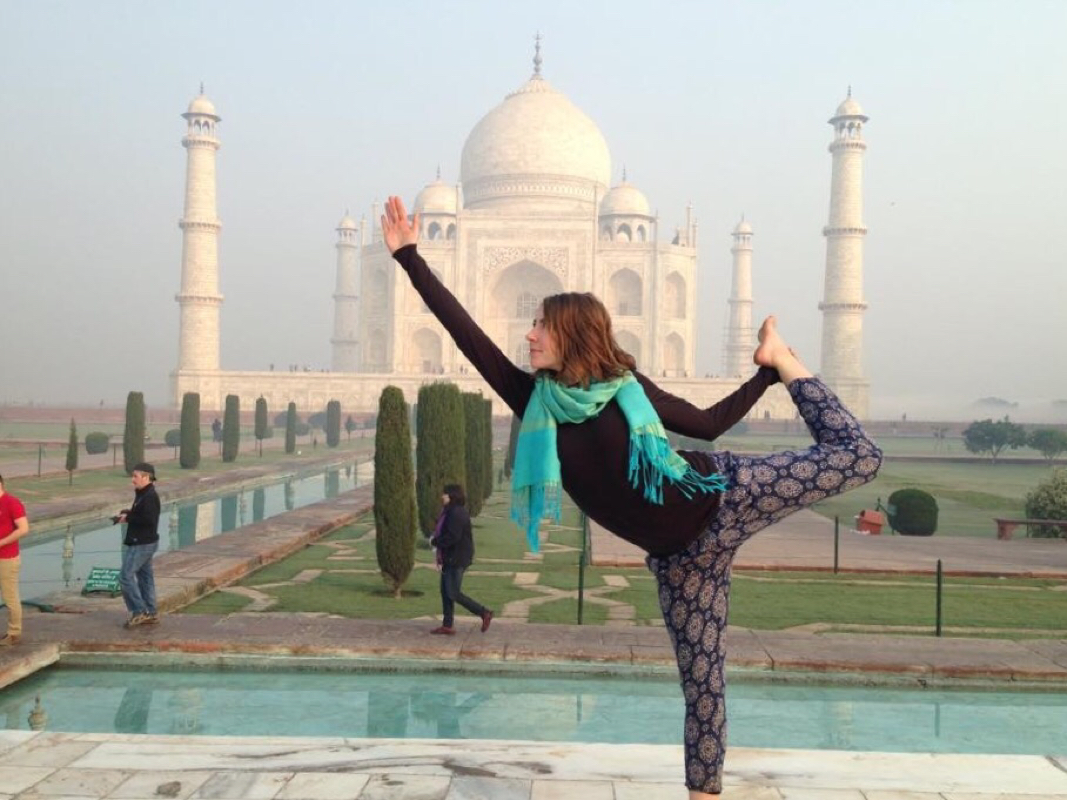
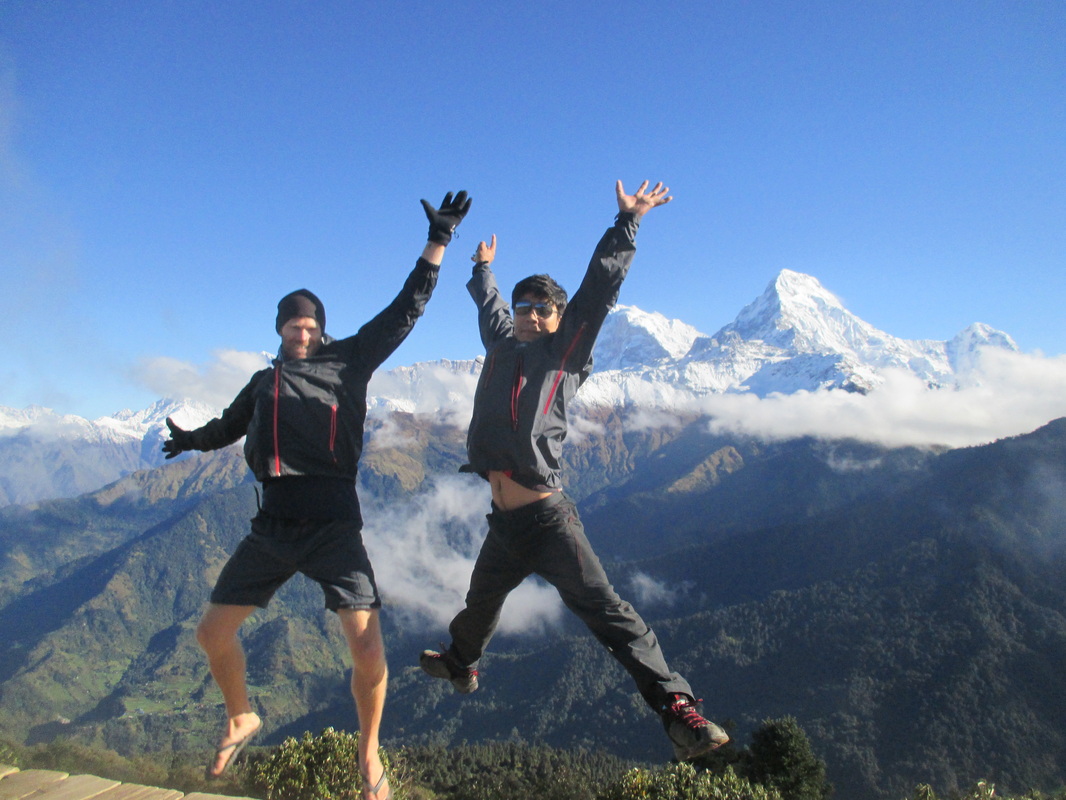
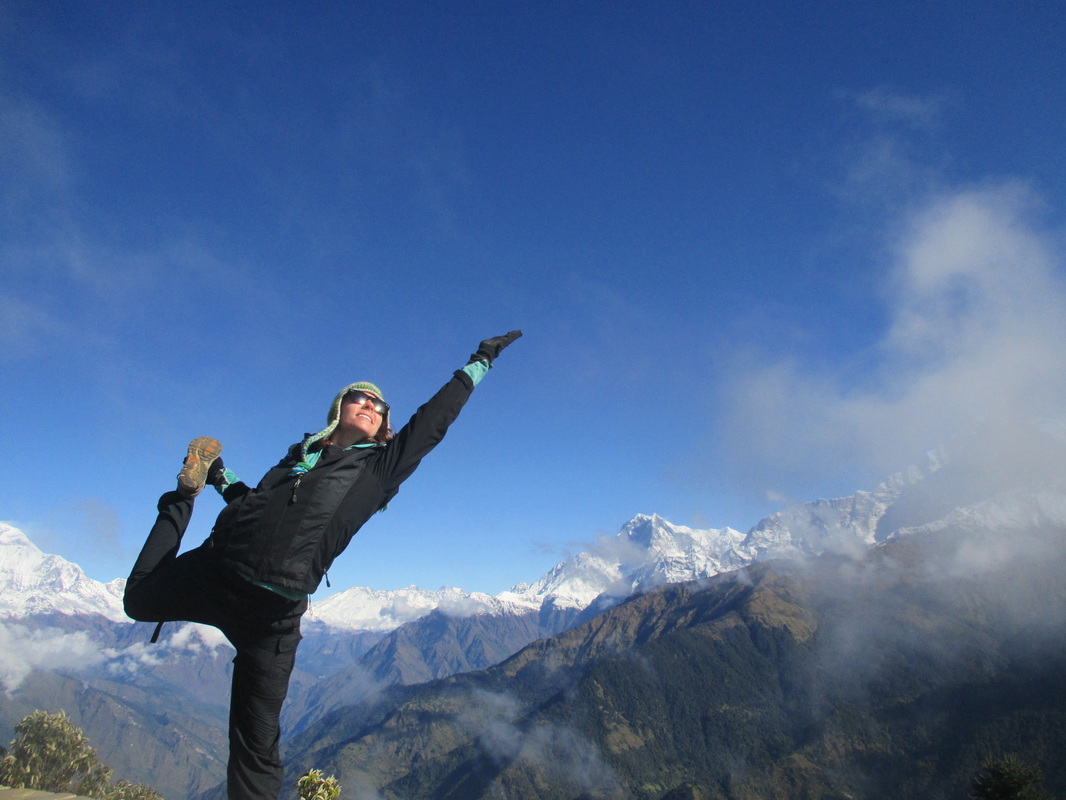
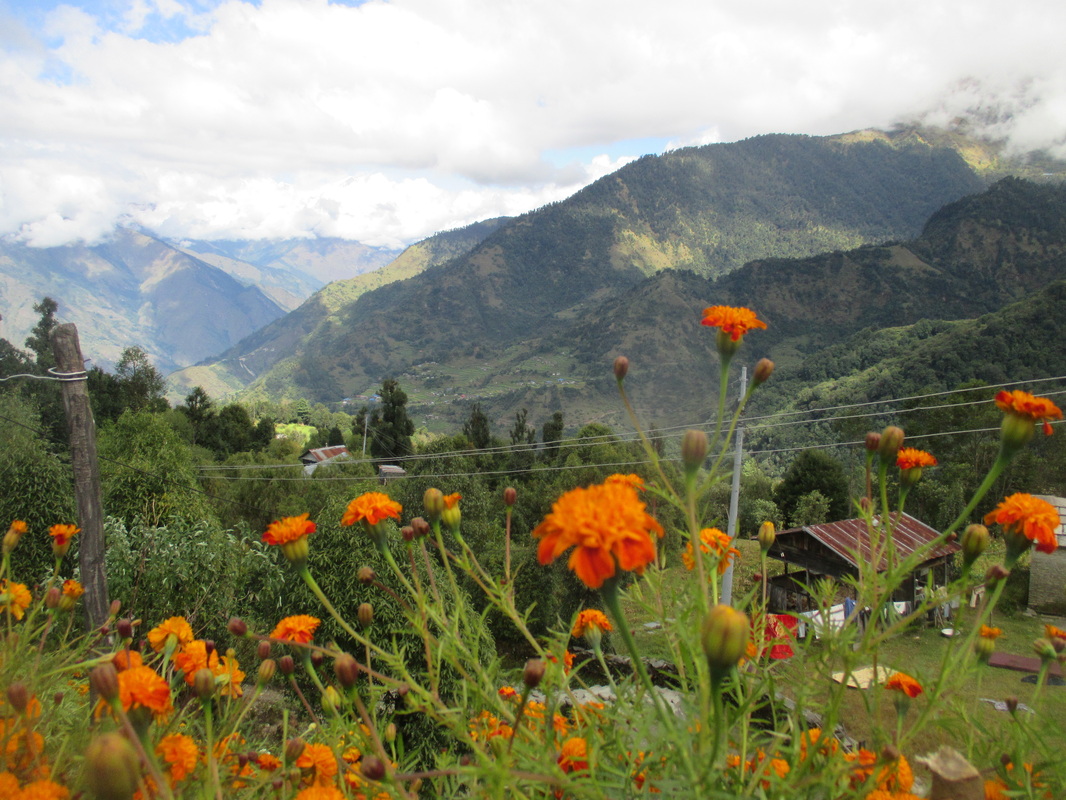
 RSS Feed
RSS Feed